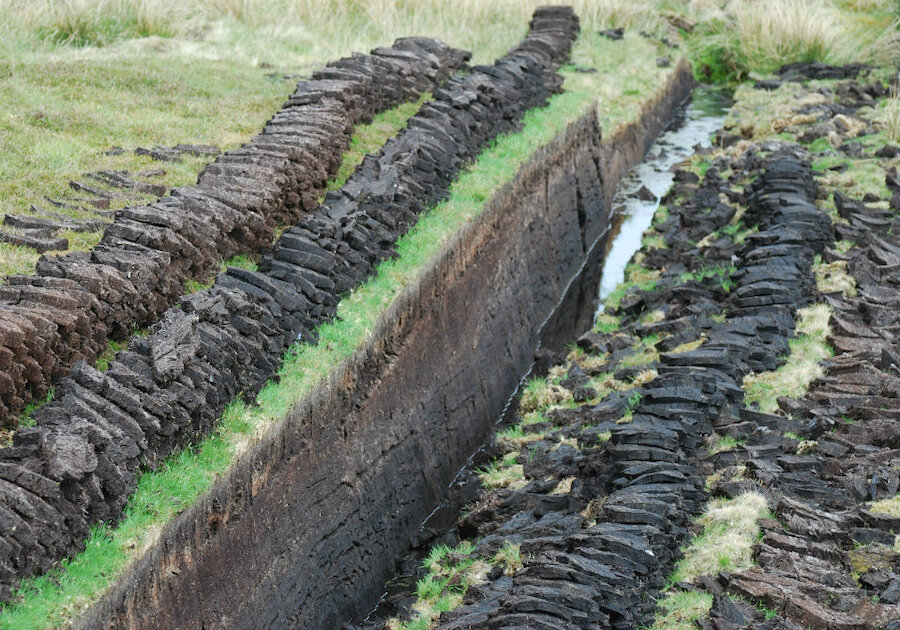Peat is cut for fuel in many parts of Shetland and good days in May and June prompt some people to head for the peat banks.
Many crofters have peat on their own croft, or will have a "peat right" on the common grazings. It's also possible for anyone to rent a peat bank and the cost of doing so is generally low.
The first stage is always to remove the grass and heather from the top of the peat bank. The peat is then sliced off in neat bricks, using a special spade called a tushkar, and is laid to dry on the heather. After a few days, the slowly-hardening pieces are "raised" into small pyramids to allow more air to reach them.
When it's properly dry, the peat is bagged and brought home to be stored, to be used in stoves and fires over the following winter. Peat varies considerably in quality: some is brown, fibrous and quick-burning, whilst some has a much smoother, clay-like texture and dries to form a dense black material rather like lignite.
There's an old joke that the heat generated during the toil of cutting, raising, bagging, transporting and stacking is greater than that produced in the burning. Nevertheless, the glow of peats and the wonderful smell of peat smoke are, most would say, ample compensation.

